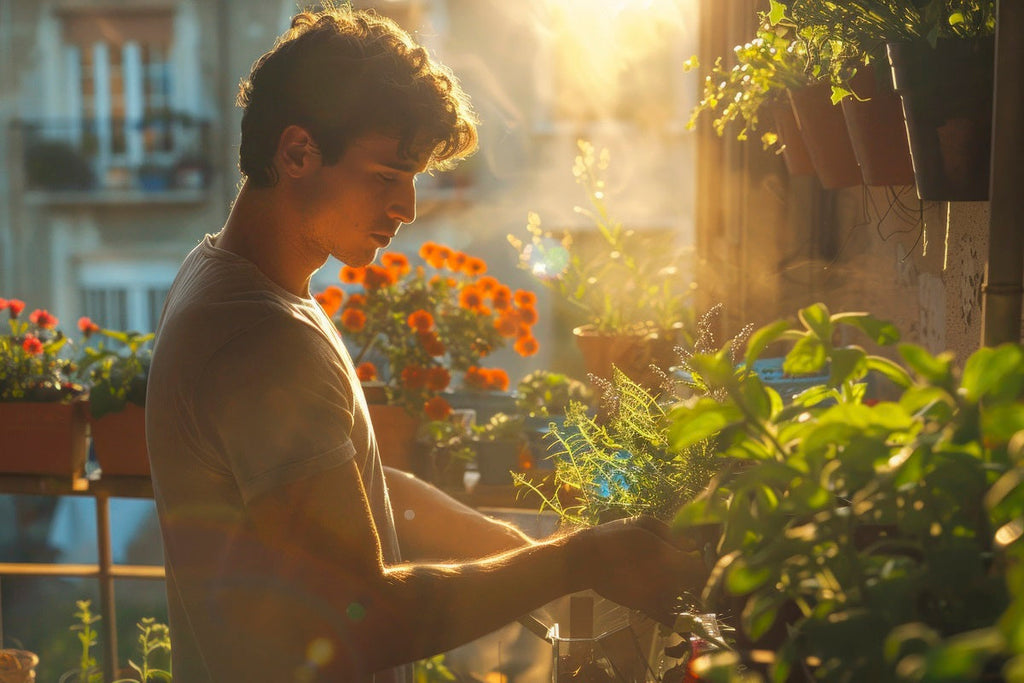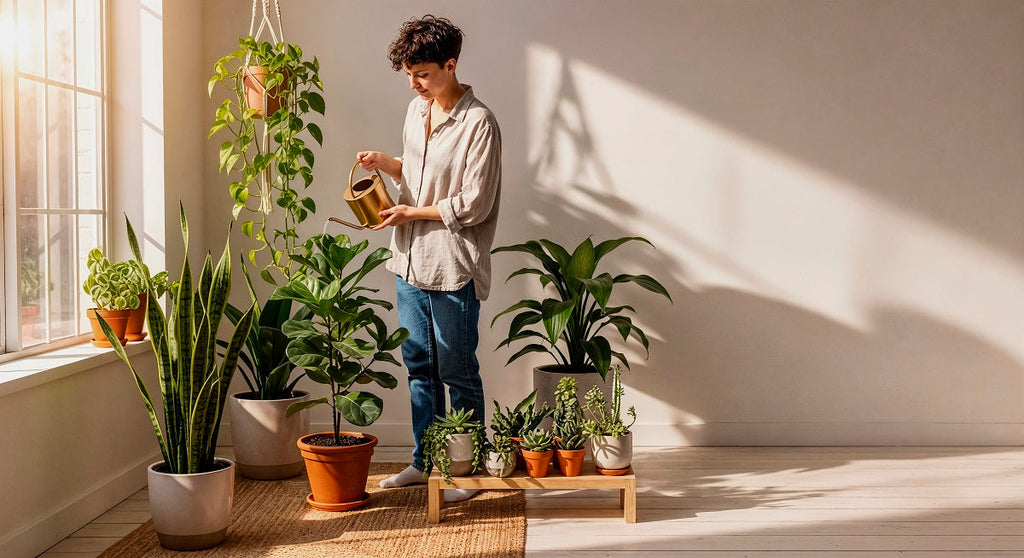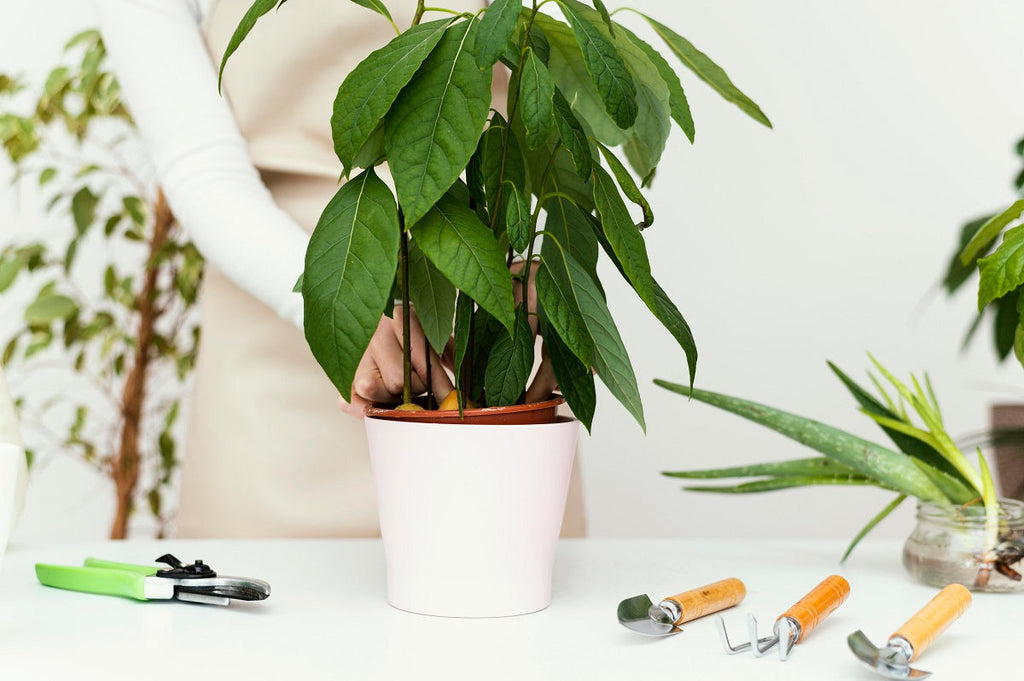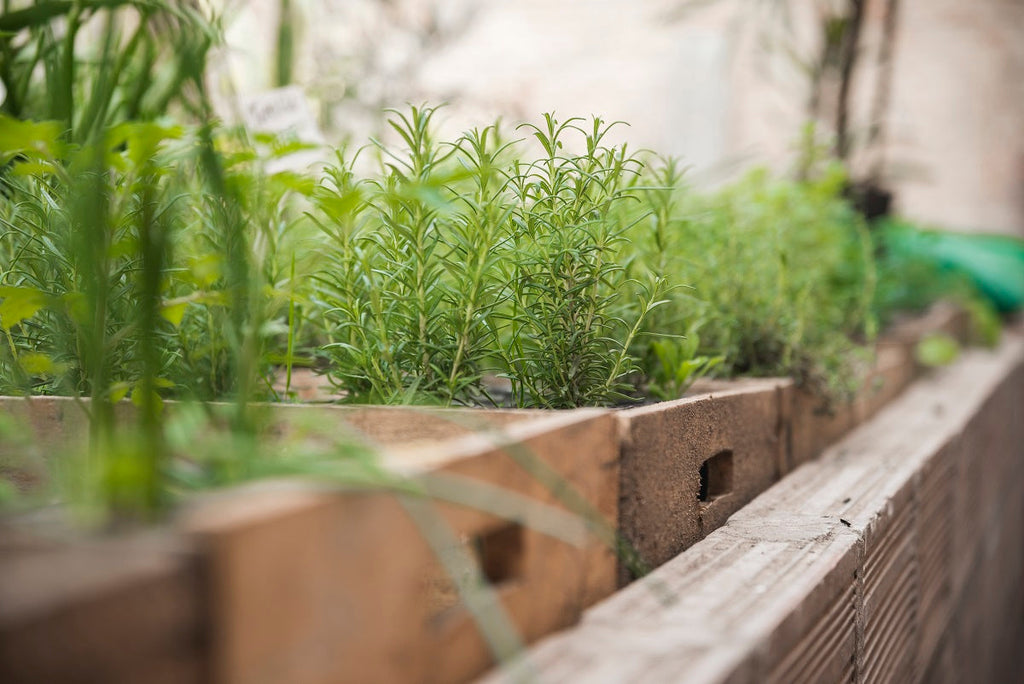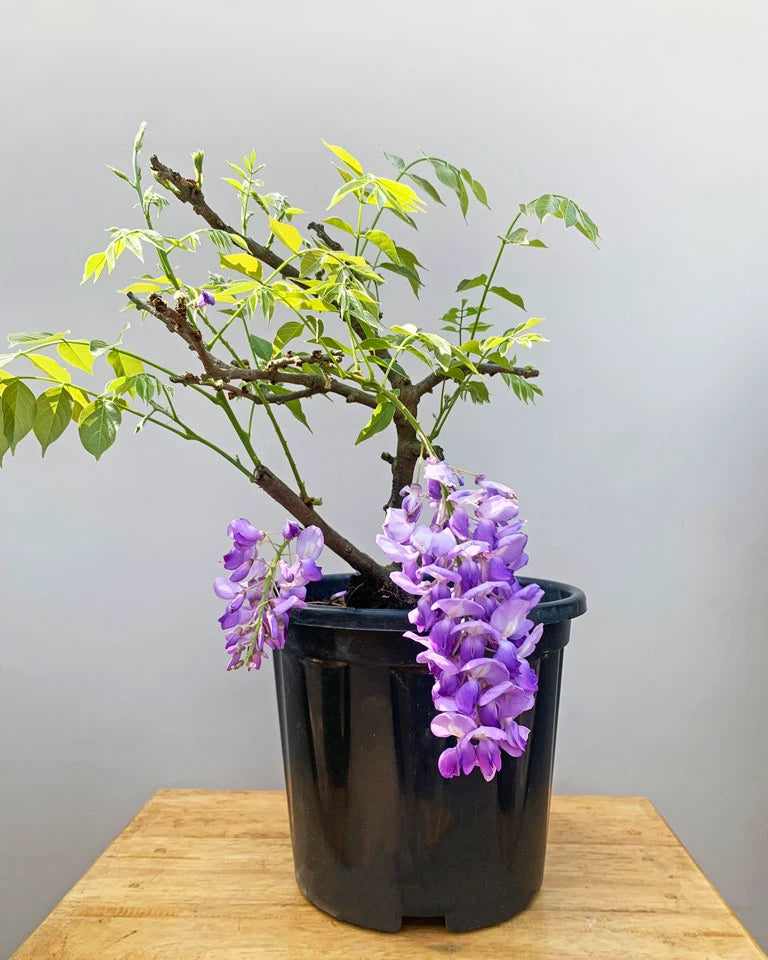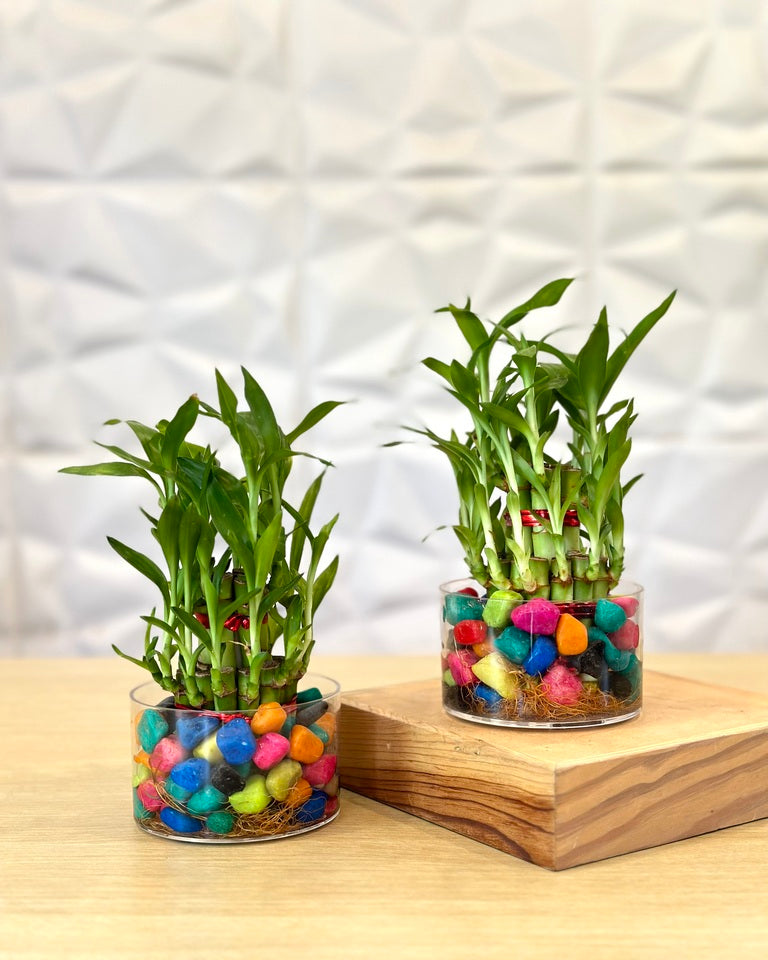
How to Prevent Root Rot in Indoor Plants 🌿

Root rot is seriously every plant parent's worst nightmare. One minute your plant is thriving, and the next, mushy stems, yellow leaves, and a sad, droopy vibe.
But here's the good news: Root rots in plants are preventable if you know what you’re doing!
In this blog, we’ll break down how you can protect your indoor plants from root rot, using simple tips that are easy to follow and perfect for any level of plant parent.
Let’s jump right into it!
Understanding Root Rot in Indoor Plants
Root rots in plants happen mainly because of two reasons: overwatering and poor drainage.
Healthy roots are supposed to be firm, white, and snappy. But when they’re constantly sitting in wet soil, they turn brown, mushy, and eventually die.
It’s literally like your plant is drowning — slow, silent, and honestly kinda heartbreaking.
If not treated early, it can kill the plant completely.
How to Prevent Root Rot in Indoor Plants
Saving your indoor jungle isn't rocket science. It's just about being smart with a few plant care habits!
Here’s what you gotta do:

1. Always Use Pots with Drainage Holes
No matter how Insta-worthy that ceramic pot looks, if it doesn’t have a drainage hole, skip it! Drainage holes let excess water escape, preventing the roots from sitting in puddles. If you still wanna use a cute pot without holes, pop a smaller plastic pot with holes inside it. Double potting for the win!
Pro Tip: Always use a saucer or drain tray underneath to catch any extra water.
This one step can massively prevent root rots in plants!

2. Choose a Well-Draining Potting Mix
Your indoor plants deserve breathable, fluffy soil. Dense soil traps water and suffocates roots, creating the perfect environment for root rots in plants.
Go for a mix with:
-
Cocopeat
-
Perlite
-
Sand
-
Orchid bark (for extra aeration)
Say NO to regular garden soil for indoor pots — it’s way too heavy.

3. Ditch the Watering Schedule — Check the Soil Instead
Plants don’t vibe with calendars. Watering every Sunday just because it's “Sunday watering day” is a trap.
Instead:
-
Stick your finger about an inch into the soil.
-
If it feels dry? Water it.
-
If it’s moist? Hold off.
Simple as that!
Following this method majorly cuts down the chances of root rots in plants.
Optional Upgrade: Try a soil moisture meter for extra accuracy (they’re super affordable too).

4. Keep Plants in Airy & Bright Spaces
Airflow + indirect sunlight = happy roots.
Stuffing your plant in a dark, humid corner slows down soil drying time, making it easy for root rots in plants to creep in.
Set up your plants near:
-
East or north-facing windows
-
Rooms with a fan or AC circulating air
-
Breezy indoor spots (but not direct harsh sun)
Think of it as giving your plants a daily spa day!

5. Pick the Right-Sized Pot
Using an oversized pot for a tiny plant is like giving a toddler a king-sized bed—too much space! Too much soil around small roots means water gets trapped longer than needed, increasing the chances of rot.
Tip:
-
Always choose a pot that's just 1–2 inches wider than your plant's root ball.
-
Cozy roots = healthy plants.
Again, it’s a major hack to prevent root rots in plants before they even start.
Symptoms of Root Rot to Watch Out For
Catch it early, save the plant! Here’s how you can spot trouble:
-
Yellowing leaves: Roots aren’t absorbing nutrients properly.
-
Wilting despite watering: A major red flag for root rot.
-
Mushy stems at the base: A squishy, soft stem screams SOS.
-
Foul smell from the soil: Good soil = fresh smell. Rotting soil = nasty.
-
Roots look brown, black, or slimy: Healthy roots are white and firm. Anything else spells danger.
If you notice these signs, act fast. Prune the damaged roots, repot in fresh soil, and adjust watering habits.
Extra Pro Tips for Avoiding Root Rot in Indoor Plants
🔹 Use terracotta pots — they naturally absorb extra moisture!
🔹 Add a layer of small stones or pebbles at the bottom of your pot for extra drainage (but drainage holes are still necessary).
🔹 If in doubt, underwater your plant a little instead of overwatering. Most houseplants prefer it!
Consistent small habits = long-term healthy plants!
FAQS
Q1. What causes root rot in indoor plants?
Root rots in plants usually happen when the roots sit in soggy soil for too long. Overwatering, poor drainage, and lack of airflow are the main culprits.
Q2. Can a plant recover from root rot?
Yes! If caught early, you can save your plant by trimming off the rotten roots, repotting in fresh, dry soil, and improving its watering routine. Prevention is easier, though.
Q3. How often should I water indoor plants to avoid root rot?
There’s no one-size-fits-all schedule. Always check the top inch of soil—if it’s dry, go ahead and water. If it’s still moist, wait a little longer. This prevents root rots in plants effectively.
Q4. Is root rot contagious to other plants?
Not directly, but if the soil is infected with fungi or bacteria, using the same tools or pots without cleaning them can spread the problem. Always use clean tools and isolate any affected plants.
Q5. What do rotting roots look like?
They turn brown or black, mushy, and may smell foul. Healthy roots are firm and white, so if yours don’t look like that, you might be dealing with root rots in plants.



